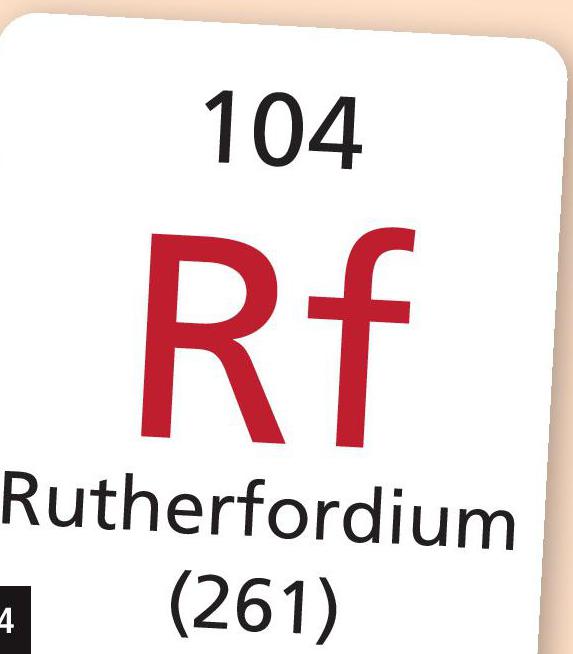
Ernest Rutherford was an experimental physicist, considered by some to be the greatest experimentalist since Michael Faraday. He was born in New Zealand and first studied physics there.
From 1898 to 1907 he was professor of physics at McGill University, Montreal, researching the nature of radioactive decay. Working with Frederick Soddy, he showed that during alpha and beta decay the atom transmuted to another element — at that time this was completely unexpected, because atoms were thought to be indestructible. In 1908 he was awarded the Nobel prize in chemistry in recognition of this work.
Your organisation does not have access to this article.
Sign up today to give your students the edge they need to achieve their best grades with subject expertise
Subscribe




